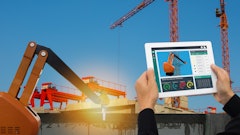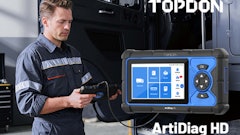
Telematics makes next-generation analytics possible for managing an equipment fleet simply by providing detailed data on how, where and when machines and vehicles operate. “Analytics” is what you do when you crunch the numbers to discern patterns and predict outcomes. Telematics software should do the crunching to produce:
1. Predictive analytics
Predictive analytics uses historical information to calculate probabilities. Knowing an operator’s level of risk and likelihood of overspeeding an engine is an example of predictive analytics in fleet.
2. Prescriptive analytics
Prescriptive analytics takes a variation of inputs to come up with a specific output or subsequent action using set constraints. For a fleet this could mean that if an operator consistently uses service brakes rather than retarders on a downhill haul, driver and the supervisor are sent a warning communication.
3. Geospatial analytics
Geospatial analytics uses GPS and other spatial data to analyze events. This could be used to figure out disruptions in the supply chain, improve routing, direct maintenance crews to machines and many of the other fleet benefits of location tracking.
4. Operational intelligence
Operational intelligence focuses on specific queries, usually against real-time or continuous data, to gain insights into fleet operations. Operational intelligence should be at the core of a GPS-based fleet management solution. Without a wealth of specific historical data, advanced fleet data mining – and all the benefits it can bring to decision making – wouldn’t be possible.
Are you taking advantage of next-generation fleet analytics?
Read the entire Verizon Networkfleet white paper on advanced analytics in fleet management




















